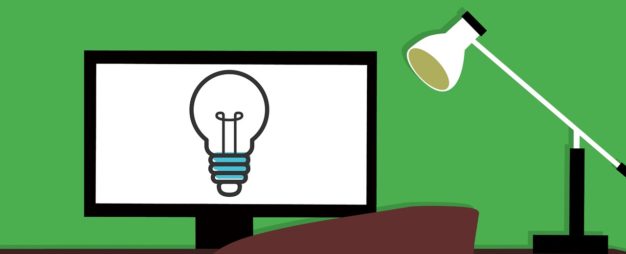5 Statistics That Prove Preference Centres are Essential for Email Success
Everyone has their preferences. Some people prefer smooth peanut butter over crunchy. Some prefer red wine over white. And some even prefer dark chocolate over milk chocolate.
Continue Reading


